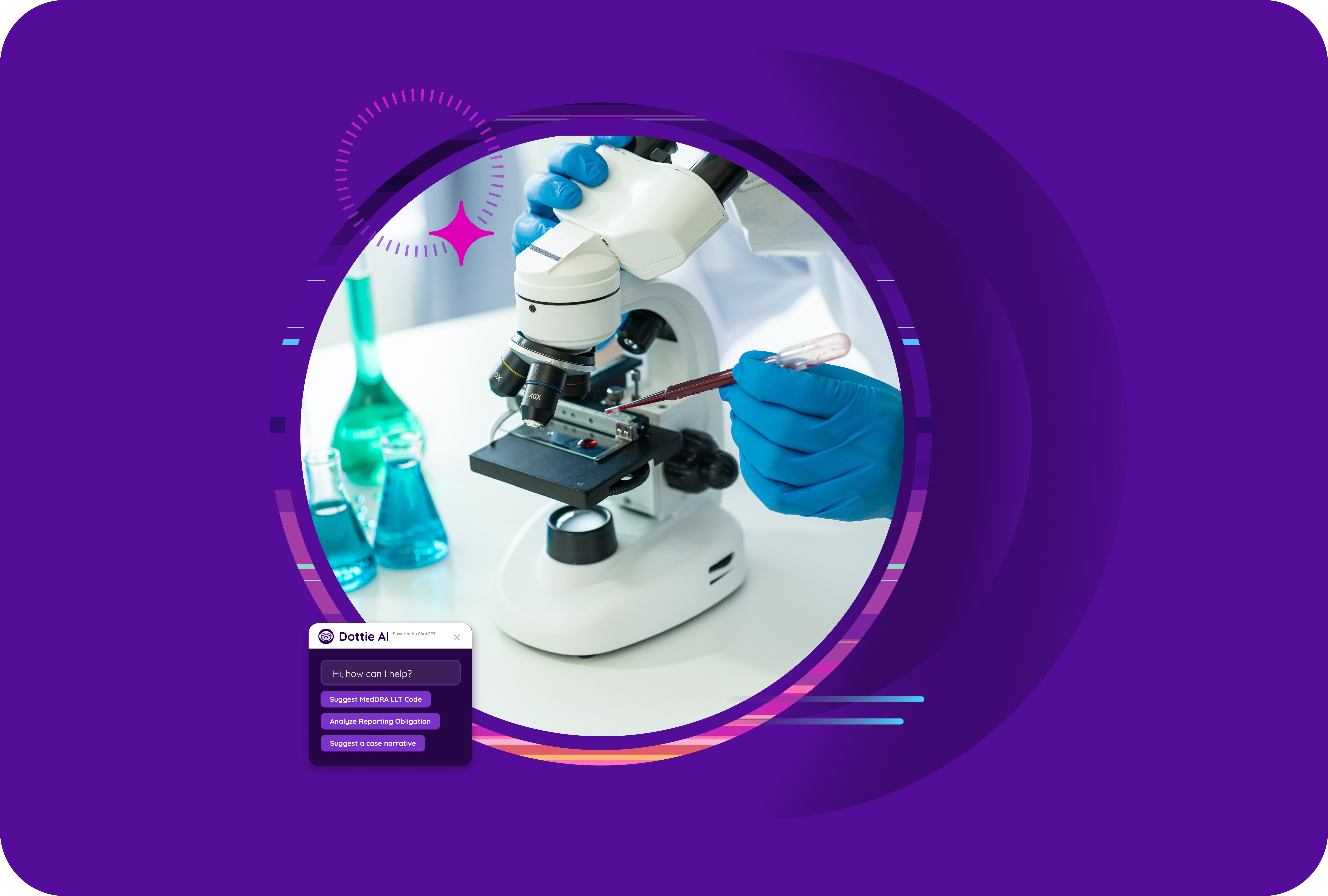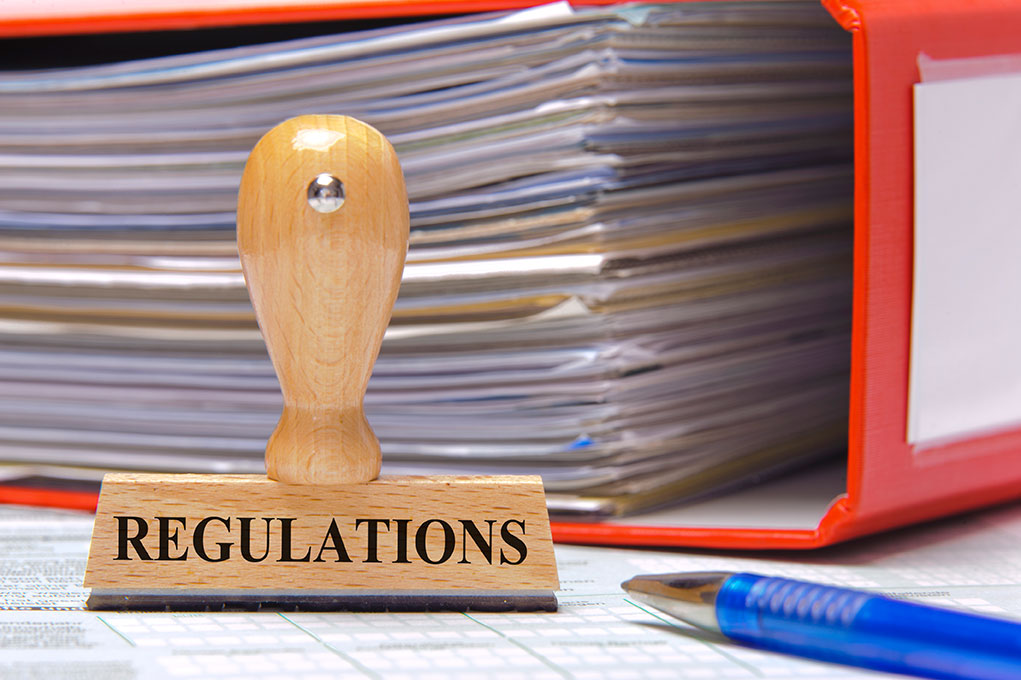
The European Union Medical Device Regulation (EU MDR) sets a high standard for medical device manufacturers operating in or selling to the European market. It focuses on patient safety, product quality, and continuous post-market surveillance.
Compliance requires complete control of documentation, processes, and risk management throughout the product lifecycle.
An electronic Quality Management System (eQMS) helps organizations meet these expectations by connecting processes, ensuring traceability, and maintaining compliance with less effort and fewer errors.
1. Centralized Documentation and Record Control
One of the core challenges under EU MDR is maintaining accurate, accessible, and version-controlled documentation. An eQMS provides a centralized platform for managing procedures, records, and forms.
It ensures that every document (whether a standard operating procedure, technical file, or design record) is reviewed, approved, and available to the right users.
Automated version control prevents the use of outdated documents, while electronic signatures meet 21 CFR Part 11 and EU Annex 11 requirements. This centralization reduces administrative burden and supports consistent, audit-ready documentation.
2. Streamlined Risk and CAPA Management
EU MDR requires manufacturers to apply risk management across the entire product lifecycle, not just during development. An eQMS helps identify, assess, and track risks through built-in risk management modules.
Teams can link risk assessments directly to nonconformances, complaints, and CAPAs to demonstrate proactive mitigation.
The system tracks each step of corrective and preventive actions, ensuring accountability and providing evidence of effective resolution. This transparency supports both internal oversight and external audits.
3. Post-Market Surveillance and Complaint Handling
Post-market surveillance is one of the most significant additions under EU MDR. Manufacturers must continuously collect and evaluate real-world data to confirm ongoing safety and performance.
An eQMS connects quality events, complaints, and audit findings to post-market processes.
It provides tools for trending, root cause analysis, and reporting, helping manufacturers act quickly when potential issues arise. By linking complaint data to product and process information, the system supports a complete feedback loop that aligns with MDR expectations for continuous improvement.
4. Supplier and Change Management
Compliance depends on more than internal processes. EU MDR requires clear oversight of suppliers, subcontractors, and any external partners involved in manufacturing or design.
An eQMS enables organizations to evaluate, approve, and monitor suppliers within the same platform used for internal processes.
Change management workflows ensure that any updates to components, processes, or documentation follow controlled approval paths. Each change is documented with traceable approvals, ensuring ongoing compliance and reducing risk of nonconformity.
5. Audit Readiness and Traceability
Audits and inspections are a constant part of MDR compliance. An eQMS provides real-time visibility into quality data and audit trails.
Auditors can access relevant records quickly, while built-in reporting tools allow teams to generate summaries and evidence of compliance within minutes.
The ability to trace a record from complaint to CAPA to updated procedure demonstrates a mature and connected quality system, key to maintaining MDR certification.
Building a Sustainable Compliance Framework
EU MDR compliance demands control, transparency, and continuous monitoring. An eQMS supports all three by creating a single source of truth for quality and regulatory processes. It reduces manual effort, ensures data integrity, and enables a proactive approach to risk and compliance.
For medical device manufacturers, adopting an eQMS is not only a path to compliance but also a move toward operational efficiency and long-term product quality.
Download the white paper for more details about what to look for in an eQMS for medical device organizations.


